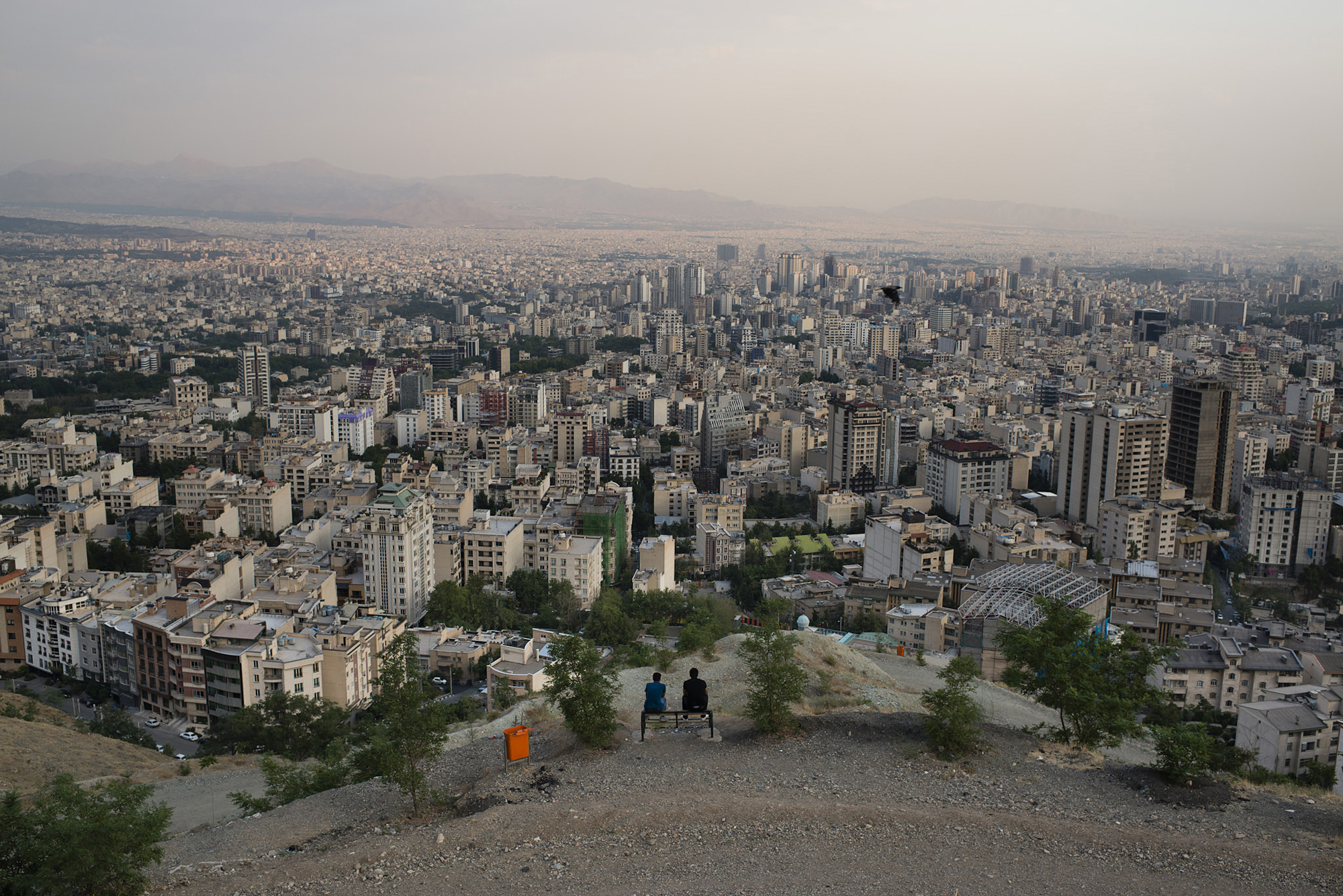
When the U.S., the U.N. and Europe implemented, in 2010, one of the harshest sanctions regimes ever seen globally to curb Iran’s suspected development of a nuclear-weapons program, it was widely expected that the country would soon fall to its knees. Instead, Iran absorbed the blow, and though weakened, has managed to keep its economy afloat.
The sanctions all but stopped international financial transactions, limited military purchases, reduced the import and export of petroleum products and significantly curtailed trade — but you wouldn’t know it by walking the bustling streets of Iran’s capital of Tehran. According to economist Saeed Laylaz, Iran imported $3 billion worth of European luxury cars last year, triple the number before sanctions. Grocery stores are packed with all kinds of American products: from Coca-Cola to Snickers candy bars to Duracell batteries, while electronics shops even in small towns proudly display the full range of Dell, Hewlett-Packard and Apple products — even the iPhone 5S. The sanctions didn’t hurt Iran, say Iranians; they merely amplified an economic crisis wrought by government mismanagement in the preceding years.
About the only place where the impact of sanctions is visible is in the skies above Tehran. Iran may have the fourth largest proven petroleum reserve in the world, but it refines little of its own product, depending instead on imports of fuel from Europe. Sanctions cut those commodities off, sharply reducing supplies of gasoline. In order to keep Iran’s 26.3 million cars, trucks and motorcycles on the road, government officials were forced to convert petrochemical factories into ad hoc refineries, an expensive and inefficient process that produces a low-grade fuel choked with pollutants.
The results were devastating. Already home to some of the world’s most polluted cities, Iran saw a dramatic increase in the air pollution that contribute most directly to ill health, according to a worldwide World Health Organization assessment released in 2013. It is impossible to definitively link the impact of sanctions to the rising rates of childhood asthma cases and lung disease documented by Iran’s Health Ministry over the past four years — the concurrent increase in car ownership may also play a role. But when some sanctions, including those on the import of gasoline, were lifted in January under an interim agreement that proffered relief in exchange for substantial negotiations over the scope of Iran’s nuclear program, the impact was visible.
In June 2013, the pollution in Tehran was so bad that the mountains surrounding the capital could not even be made out from the 13th floor of a hotel popular with journalists in the city center. A year later, however, the last vestiges of winter snow could be spotted high on the mountains to the north of the city. “Sanctions significantly contributed to pollution, and particularly the kinds of pollution that are damaging to health,” says Rocky Ansari, an economist and sanctions expert at Cyrus Omron International, a firm that advises international companies on investing in Iran. Even before the sanctions were lifted, he says, the government was working on improving refining capacity in the country, but the international decision to clear the way for increased imports of refined fuel was a huge boost. “Now that hardly any petrol from petrochemical factories is being used, the pollution has reduced, and already people can breathe better air.”
That may be the case, but many Iranians are still holding their breath. The interim agreement ends on July 20, and a comprehensive deal that limits Iran’s ability to produce nuclear weapons in exchange for a permanent lifting of sanctions is still in doubt. Iran says its nuclear program is purely for peaceful purposes, but a long history of subterfuge when it comes to international inspections has raised doubts about the country’s true intentions. The U.S. wants to see a sharp reduction in Iran’s ability to enrich nuclear fuel to weapons grade; Iran says it will not submit to overly onerous limits on its nuclear energy program.
The temporary agreement can be extended by up to six months, a point raised by French Foreign Minister Laurent Fabius on the sideline of talks in Vienna on July 13. “If we can reach a deal by July 20, bravo, if it’s serious,” he told reporters, according to Reuters. “If we can’t, there are two possibilities. One, we either extend … or we will have to say that unfortunately there is no prospect for a deal.” Should the talks fail, as with several previous attempts to strike a deal, the U.S. is likely to lead the call for even tougher sanctions, risking more conflict in a region already in turmoil — and further darkening the skies above Tehran.
— With reporting by Kay Armin Serjoie / Tehran
More Must-Reads from TIME
- Donald Trump Is TIME's 2024 Person of the Year
- Why We Chose Trump as Person of the Year
- Is Intermittent Fasting Good or Bad for You?
- The 100 Must-Read Books of 2024
- The 20 Best Christmas TV Episodes
- Column: If Optimism Feels Ridiculous Now, Try Hope
- The Future of Climate Action Is Trade Policy
- Merle Bombardieri Is Helping People Make the Baby Decision
Contact us at letters@time.com